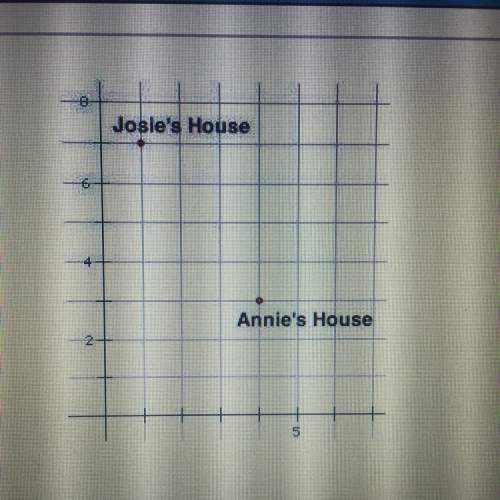(05.01 LC)
Look at the figure shown below:
A triangle RPQ is shown. S is a po...

Mathematics, 24.05.2020 20:57 selenaK9514
(05.01 LC)
Look at the figure shown below:
A triangle RPQ is shown. S is a point on side PQ and T is a point on side PR. Points S and T are joined using a straight line. The length of PS is equal to 28, the length of SQ is equal to 2x, the length of PT is equal to 35 and the length of TR is e
Rita is writing statements as shown to prove that if segment ST is parallel to segment RQ, then x = 24.
Statement Reason
1. Segment ST is parallel to segment QR Given
2. Angle QRT is congruent to angle STP Corresponding angles formed by parallel lines and their transversal are congruent
3. Angle SPT is congruent to angle QPR Reflexive property of angles
4. Triangle SPT is congruent to triangle QPR Angle-Angle Similarity Postulate
5. (2x + 28):95 = Corresponding sides of similar triangles are in proportion
Which of the following can she use to complete statement 5? (1 point)
28:95
28:35
60:95
60:35



Answers: 1
Another question on Mathematics

Mathematics, 21.06.2019 17:00
Lisa has three classes that each last 50 minutes. what is the total number of minutes of the three classes
Answers: 1

Mathematics, 21.06.2019 22:00
Which function in vertex form is equivalent to f(x) = x2 + 6x + 3? f(x) = (x + 3)2 + 3 f(x) = (x + 3)2 − 6 f(x) = (x + 6)2 + 3 f(x) = (x + 6)2 − 6
Answers: 1

Mathematics, 22.06.2019 03:10
Write the point slope form of the equation of the line passing through the points (-5, 6) and (0.1).
Answers: 2

Mathematics, 22.06.2019 03:30
On a certain portion of an experiment, a statistical test result yielded a p-value of 0.21. what can you conclude? 2(0.21) = 0.42 < 0.5; the test is not statistically significant. if the null hypothesis is true, one could expect to get a test statistic at least as extreme as that observed 21% of the time, so the test is not statistically significant. 0.21 > 0.05; the test is statistically significant. if the null hypothesis is true, one could expect to get a test statistic at least as extreme as that observed 79% of the time, so the test is not statistically significant. p = 1 - 0.21 = 0.79 > 0.05; the test is statistically significant.
Answers: 3
You know the right answer?
Questions

Biology, 20.11.2020 09:00

Mathematics, 20.11.2020 09:00

History, 20.11.2020 09:00

English, 20.11.2020 09:00

History, 20.11.2020 09:00





Mathematics, 20.11.2020 09:00

English, 20.11.2020 09:00


English, 20.11.2020 09:00


Mathematics, 20.11.2020 09:00


Biology, 20.11.2020 09:00

Mathematics, 20.11.2020 09:00

Spanish, 20.11.2020 09:00

History, 20.11.2020 09:00




